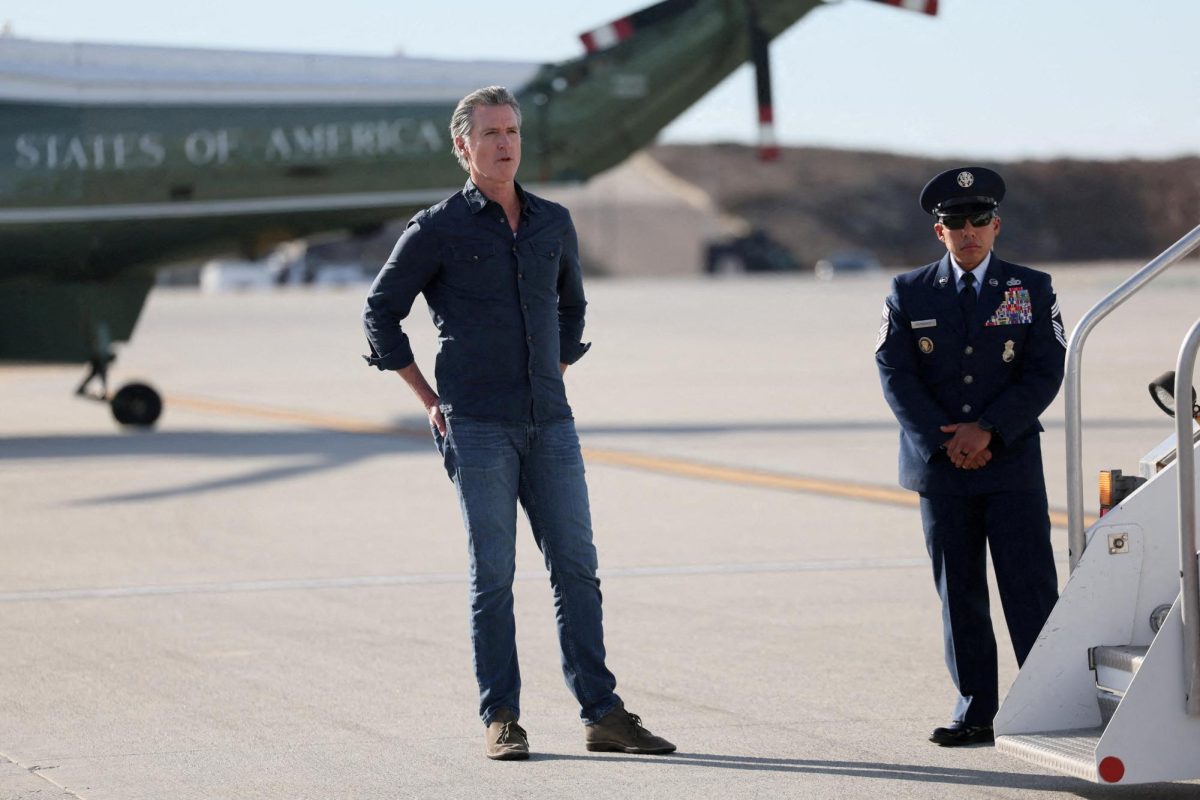Part two of the six-part series on the Principles of Community (PC) puzzle is freedom from discrimination. This piece is described on the university website as
“We recognize that we must strive to overcome historical and divisive biases in our society. Therefore, we commit ourselves to create and maintain a community in which all students, staff, faculty and administrators can work together in an atmosphere free from discrimination, and to respond appropriately to all acts of discrimination.”
How does this look in a community of many roles and relationships?
One of my favorite questions is why? Just asking why or what happened or what do you think about this can open doors to communication that you don’t even know exist. And you can learn some interesting angles from which to view the current situation and future problems. I have discovered throughout my career that a lack of information or lack of understanding has been one of the main sources of discrimination.
Being in the military gave me some experiences that seem dumb and stupid on the surface. I later discovered almost all of these things that I thought were dumb or stupid were in response to something that had happened in the past.
One example is wearing reflective belts when walking around outside. I doubt many readers have ever thought this was a good idea, especially during the day. This came about on one of the training bases due to a vehicle and pedestrian accident. The accident’s most likely cause was due to both the driver and pedestrian being distracted and not seeing the other. The easiest one-size-fits-all solution was to make all the trainees wear reflective belts.
After about a year passed, the newest group of trainees complained that it was a stupid thing to be required to do. Without the backstory, they had a legitimate complaint. Once I informed them of the back story, they understood the logic and stopped complaining about the belts. We all have, at some point in our lives, have been in the same position as the trainees asking why we are doing something that seems dumb or stupid, starting with our parents telling us, “Because I said so.”
So, the lesson of the day is to ask the why questions. For some people, asking these questions is core to their personality, such as those high in the Clifton Strength of analytical, or holding specific job duties, including investigators, journalists and researchers. I happened to meet a Cyclone alumna who is a retired police detective. She has a skill I have not come across yet: the ability to directly quote you from one day to the next. And, I have been around investigators my entire career in the military and none of them can do this. Along with this remarkable skill, she has one heck of a knack for accuracy in her work. Most of our memories are not very precise, and neither are our notes if you are as bad as I am at taking them, so another example of excellence in Cyclone Nation.
What you discover in the answers to your why questions can be both enlightening and unnerving. In the course CJ/SOC 340 Deviant and Criminal Behavior, Dr. Monic Benhken, associate professor of sociology, brings up situations that allow us to question what we see around us and in the media. One question she posed during this class was: why are certain details left out of historical stories?
On Sept. 11, 2001, there were people jumping out of the high-up floors of the towers who died from the fall. This was a big story during the initial coverage of the terrorist attack. US culture does not like the idea of suicide and death, so the historical storyline has removed the jumpers. Some of the excuses for removing the jumper stories include family and national embarrassment about being attacked and these people having to make this choice.
What are people choosing to do based on their own ideas and what are they being forced to do by someone else, and why? She also has a picture of a sign for whites only by order of the police department. This sign is important in understanding how existing policies, practices and procedures (PPP) force everyone, including those who disagree, into enacting the PPP of the jurisdiction in which they live and/or work based on the ideas of the dominant culture. Every member of the police force in the jurisdiction with this sign could disagree with the enforced segregation, the sign’s intention, but not enforcing it will risk their individual jobs. This is America’s past of enforced segregation.
Have you encountered a situation where someone had to do something they disagreed with due to threats such as losing their job or another status or benefit? Have you ever been the one having to make this decision? Have you looked at them differently based on the decision they are making being different from what you would do?
Another class that has made me question what and how things are presented is ARTGR/HCI 589 Design Ethics by Tina Rice, Assistant Teaching Professor in Graphic Design. In this class we reviewed how product design is focused on the “majority” of users and bypasses those assumed to be minorities or edge cases. Being forgotten about or excluded from the system design process is a 21st century form of discrimination.
One book we read in this class was “Ruined by Design: How Designers Destroyed the World, and What We Can Do to Fix It” by Mike Monteiro. This book explores how we are all designers no matter what job we have. You are making some product at your job, from a burger to a multimillion dollar engineering system. Even my former job of making accreditation packages generated a product of paperwork that someone else used as their system input. Systems do exactly what they are designed to do and this has consequences.
Designers choose who the system is designed for and as a result who it is not designed for. When something unexpected happens, it usually could have been foreseen if someone bothered to ask a few why questions. We are currently learning some of this with the large number of IT system changes ISU is going through.
Monteiro gives the example where Volkswagen was caught deploying vehicles with software that would put the engine in an abnormal state during emissions tests in order to pass the most extreme emissions testing standards. Through independent research and tests, the EPA discovered discrepancies in the testing reports. EPA engineers reverse-engineered VW’s software and concluded the designing engineer could not have been unaware of the softwares primary function. This engineer was sent to prison for bad design when all he did was execute the orders of unethical leaders.
What would happen if he refused to complete this project? Would the company listen to him or just replace him with someone else who will just do what they’re told without question? Do you know anyone who has been in a situation with the choice of completing unethical work or losing their job?
Stop and think before you make a judgment about something or someone. Stop and ask why when you see or experience something out of the norm. Signs that are posted on the wall are there because someone thinks it’s a good idea, however, does that mean everyone agrees with the idea? When someone tells you they have to do something, stop and consider what the cost is to them if they don’t do it. The old phrase, “walk a mile in their shoes” applies here. Consider the position of the other people involved, or as we are told in communication classes, consider your audience.
This applies to life in general since you have no idea what the background of another person is, or how their experience brings that different perspective. This is the value of diverse perspectives, which opens up our viewpoint so as to better understand and value these different perspectives. Seeking to explore, understand and value the different viewpoints is just one path to eliminating discrimination in our community. So you need to ask the why questions! Through asking these questions, I have gained the perspective to understand new ideas, and thus be able to analyze ideas, situations, and problems, from different viewpoints. Whose viewpoint will you see next?








